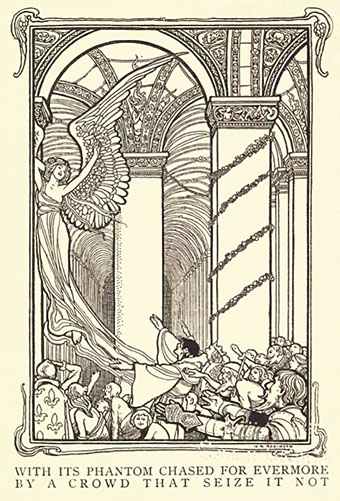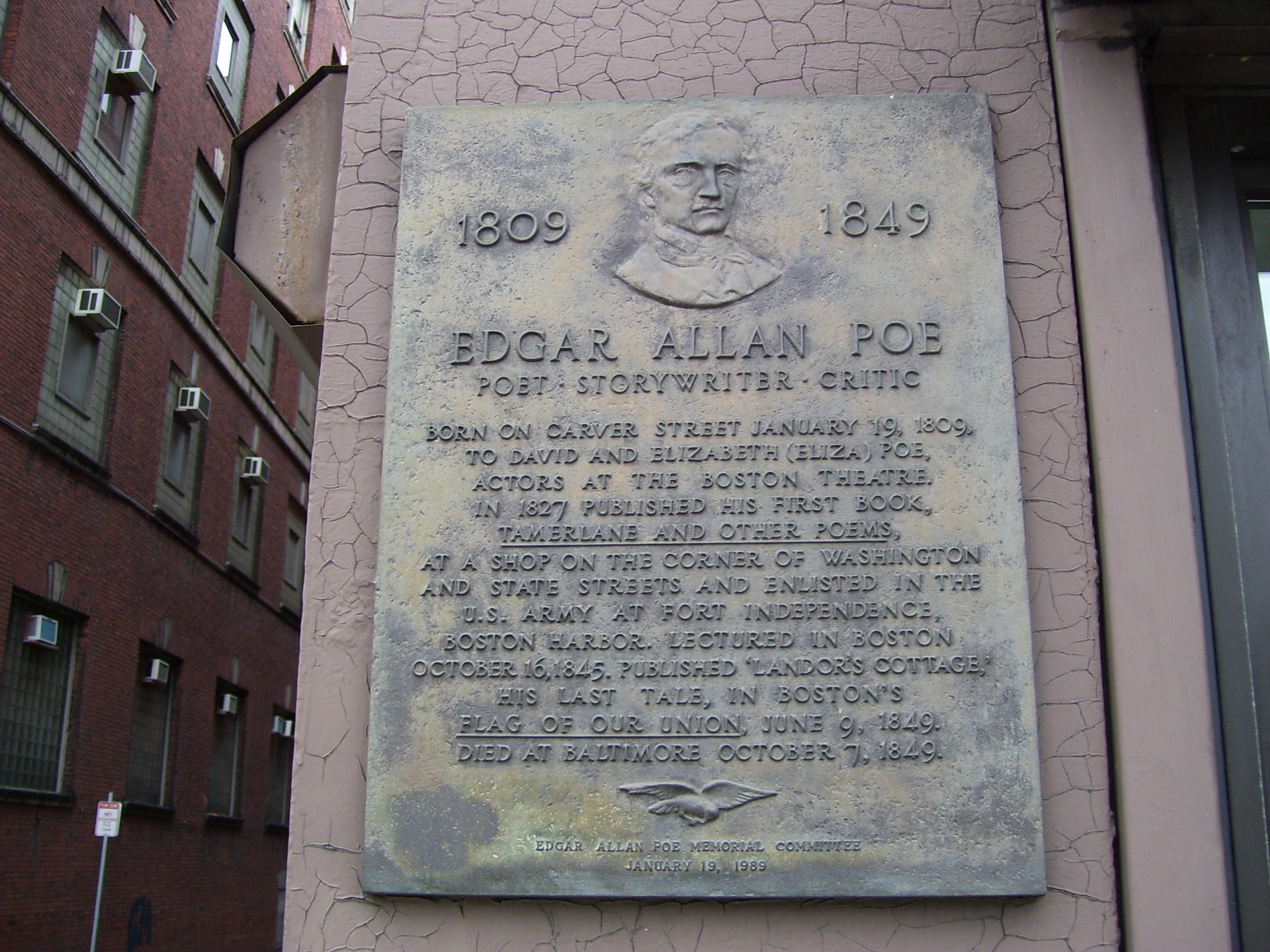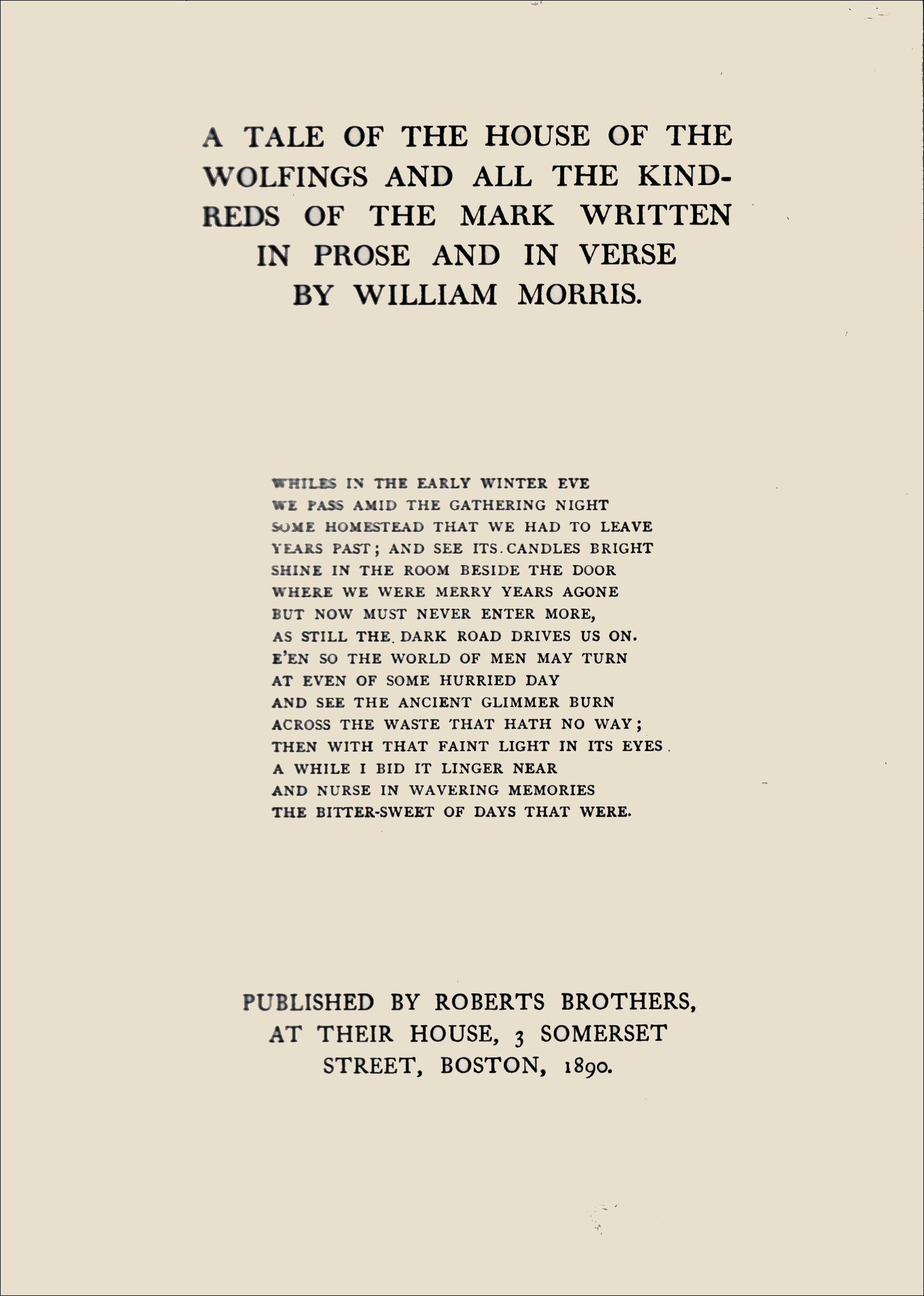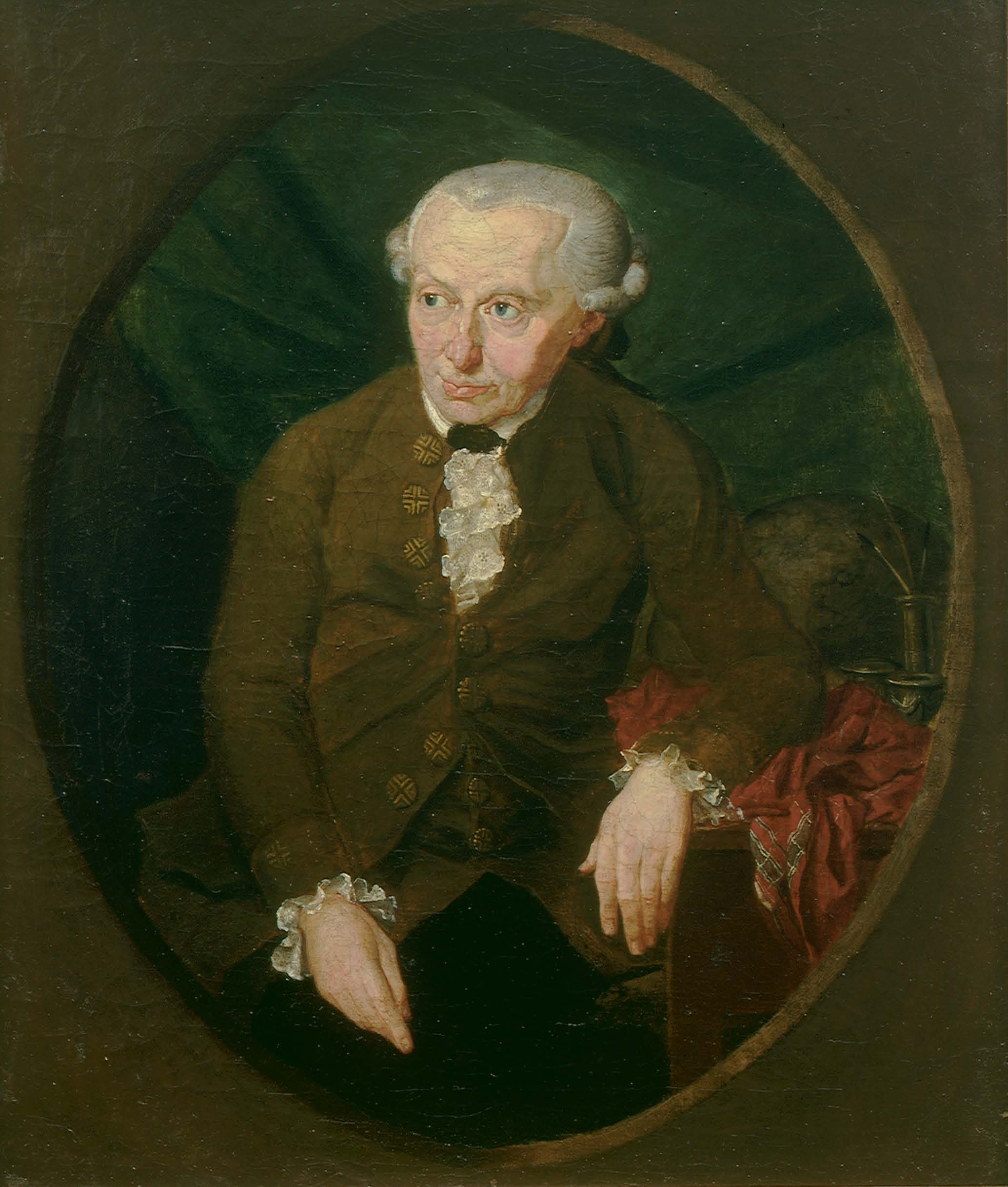|
Ligeia
"Ligeia" () is an early short story by American writer Edgar Allan Poe, first published in 1838. The story follows an unnamed narrator and his wife Ligeia, a beautiful and intelligent raven-haired woman. She falls ill, composes " The Conqueror Worm", and quotes lines attributed to Joseph Glanvill (which suggest that life is sustainable only through willpower) shortly before dying. After her death, the narrator marries the Lady Rowena. Rowena becomes ill, and she dies as well. The distraught narrator stays with her body overnight and watches as Rowena slowly comes back from the dead – though she has transformed into Ligeia. The story may be the narrator's opium-induced hallucination, and there is debate whether the story was a satire. After the story's first publication in '' The American Museum'', it was heavily revised and reprinted throughout Poe's life. Plot summary The story is told by an unnamed narrator who describes the qualities of Ligeia: a beautiful, passionate and i ... [...More Info...] [...Related Items...] OR: [Wikipedia] [Google] [Baidu] |
The Conqueror Worm
"The Conqueror Worm" is a poem by Edgar Allan Poe about human mortality and the inevitability of death. It was first published separately in ''Graham's Magazine'' in 1843, but quickly became associated with Poe's short story " Ligeia" after Poe added the poem to a revised publication of the story in 1845. In the revised story, the poem is composed by the eponymous Ligeia, and taught to the narrator in the fits of her death throes. Synopsis An audience of weeping angels watches a play performed by "mimes, in the form of God on high", and controlled by vast formless shapes looming behind the scenes. The mimes chase a " Phantom" which they can never capture, running around in circles. Finally, a monstrous "crawling shape" emerges, and eats the mimes. The final curtain comes down, "a funeral pall", signaling an end to the "tragedy, 'Man'", whose only hero is "The Conqueror Worm". Publication history "The Conqueror Worm" was first published as a stand-alone poem in the January 1843 ... [...More Info...] [...Related Items...] OR: [Wikipedia] [Google] [Baidu] |
Harry Clarke
Henry Patrick Clarke (17 March 1889 – 6 January 1931) was an Irish stained-glass artist and book illustrator. Born in Dublin, he was a leading figure in the Irish Arts and Crafts Movement. His work was influenced by both the Art Nouveau and Art Deco movements. His stained glass was particularly informed by the French Symbolist movement. Early life Henry Patrick Clarke was born on 17 March 1889, the younger son and third child of Joshua Clarke and Brigid (née MacGonigal) Clarke. Joshua Clarke was a church decorator who moved to Dublin from Leeds in 1877 and started a decorating business, Joshua Clarke & Sons, which later incorporated a stained glass division. Through his work with his father, Clarke was exposed to many schools of art but Art Nouveau in particular. Clarke was educated at the Model School in Marlborough Street, Dublin and Belvedere College, which he left in 1905. He was devastated by the death of his mother in 1903 when he was only 14 years old. Clarke w ... [...More Info...] [...Related Items...] OR: [Wikipedia] [Google] [Baidu] |
Edgar Allan Poe
Edgar Allan Poe (; January 19, 1809 – October 7, 1849) was an American writer, poet, editor, and literary critic who is best known for his poetry and short stories, particularly his tales involving mystery and the macabre. He is widely regarded as one of the central figures of Romanticism and Gothic fiction in the United States and of early American literature. Poe was one of the country's first successful practitioners of the short story, and is generally considered to be the inventor of the detective fiction genre. In addition, he is credited with contributing significantly to the emergence of science fiction. He is the first well-known American writer to earn a living exclusively through writing, which resulted in a financially difficult life and career.. Poe was born in Boston. He was the second child of actors David Poe Jr., David and Eliza Poe, Elizabeth "Eliza" Poe. His father abandoned the family in 1810, and when Eliza died the following year, Poe was taken in by ... [...More Info...] [...Related Items...] OR: [Wikipedia] [Google] [Baidu] |
Tales Of The Grotesque And Arabesque
''Tales of the Grotesque and Arabesque'' is a collection of previously published short stories by Edgar Allan Poe, first published in 1840. Publication It was published by the Philadelphia firm Lea & Blanchard and released in two volumes. The publisher was willing to print the collection based on the recent success of Poe's story " The Fall of the House of Usher". Even so, Lea & Blanchard would not pay Poe any royalties; his only payment was 20 free copies. Poe had sought Washington Irving to endorse the book, writing to him, "If I could be permitted to add ''even a word or two'' from yourself... ''my fortune would be made''". In his preface, Poe wrote the now-famous quote defending himself from the criticism that his tales were part of "Germanism". He wrote, "If in many of my productions terror has been the thesis, I maintain that terror is not of Germany but of the soul". The collection was dedicated to Colonel William Drayton, anonymous author of ''The South Vindicated from ... [...More Info...] [...Related Items...] OR: [Wikipedia] [Google] [Baidu] |
Anglo-Saxons
The Anglo-Saxons, in some contexts simply called Saxons or the English, were a Cultural identity, cultural group who spoke Old English and inhabited much of what is now England and south-eastern Scotland in the Early Middle Ages. They traced their origins to Germanic peoples, Germanic settlers who became one of the most important cultural groups in Britain by the 5th century. The Anglo-Saxon period in Britain is considered to have started by about 450 and ended in 1066, with the Norman conquest of England, Norman Conquest. Although the details of Anglo-Saxon settlement of Britain, their early settlement and History of Anglo-Saxon England, political development are not clear, by the 8th century an Anglo-Saxon cultural identity which was generally called had developed out of the interaction of these settlers with the existing Romano-British culture. By 1066, most of the people of what is now England spoke Old English, and were considered English. Viking and Norman invasions chang ... [...More Info...] [...Related Items...] OR: [Wikipedia] [Google] [Baidu] |
Ivanhoe
''Ivanhoe: A Romance'' ( ) by Walter Scott is a historical novel published in three volumes, in December 1819, as one of the Waverley novels. It marked a shift away from Scott's prior practice of setting stories in Scotland and in the more recent past. It became one of Scott's best-known and most influential novels. Set in England in the Middle Ages, with colourful descriptions of a tournament, outlaws, a witch trial, and divisions between Jews and Christians, Normans and Saxons, the novel was credited by many, including Thomas Carlyle and John Ruskin, with inspiring increased interest in chivalric romance and medievalism. As John Henry Newman put it, Scott "had first turned men's minds in the direction of the Middle Ages". It was also credited with influencing contemporary popular perceptions of historical figures such as King Richard the Lionheart, John, King of England, Prince John, and Robin Hood. Composition and sources In June 1819, Walter Scott still suffered from ... [...More Info...] [...Related Items...] OR: [Wikipedia] [Google] [Baidu] |
Witchcraft
Witchcraft is the use of Magic (supernatural), magic by a person called a witch. Traditionally, "witchcraft" means the use of magic to inflict supernatural harm or misfortune on others, and this remains the most common and widespread meaning. According to ''Encyclopedia Britannica'', "Witchcraft thus defined exists more in the imagination", but it "has constituted for many cultures a viable explanation of evil in the world". The belief in witches has been found throughout history in a great number of societies worldwide. Most of these societies have used Apotropaic magic, protective magic or counter-magic against witchcraft, and have shunned, banished, imprisoned, physically punished or killed alleged witches. Anthropologists use the term "witchcraft" for similar beliefs about harmful occult practices in different cultures, and these societies often use the term when speaking in English. Belief in witchcraft as malevolent magic is attested from #Ancient Mesopotamian religion ... [...More Info...] [...Related Items...] OR: [Wikipedia] [Google] [Baidu] |
Epigraph (literature)
In literature, an epigraph is a phrase, quotation, or poem that is set at the beginning of a document, monograph or section or chapter thereof. The epigraph may serve as a preface to the work; as a summary; as a counter-example; or as a link from the work to a wider literary canon, with the purpose of either inviting comparison or enlisting a conventional context. A book may have an overall epigraph that is part of the front matter, one for each chapter, or both. Examples * As the epigraph to '' The Sum of All Fears'', Tom Clancy quotes Winston Churchill in the context of thermonuclear war: "Why, you may take the most gallant sailor, the most intrepid airman or the most audacious soldier, put them at a table together – what do you get? The sum of their fears." * Sir Walter Scott frequently used epigraphs in his historical novels, including throughout his Waverley novels. * The long quotation from Dante's '' Inferno'' that prefaces T. S. Eliot's " The Love Song of J. Alfr ... [...More Info...] [...Related Items...] OR: [Wikipedia] [Google] [Baidu] |
Metaphysics
Metaphysics is the branch of philosophy that examines the basic structure of reality. It is traditionally seen as the study of mind-independent features of the world, but some theorists view it as an inquiry into the conceptual framework of human understanding. Some philosophers, including Aristotle, designate metaphysics as first philosophy to suggest that it is more fundamental than other forms of philosophical inquiry. Metaphysics encompasses a wide range of general and abstract topics. It investigates the nature of existence, the features all entities have in common, and their division into categories of being. An influential division is between particulars and universals. Particulars are individual unique entities, like a specific apple. Universals are general features that different particulars have in common, like the color . Modal metaphysics examines what it means for something to be possible or necessary. Metaphysicians also explore the concepts of space, time, ... [...More Info...] [...Related Items...] OR: [Wikipedia] [Google] [Baidu] |
Kenneth Silverman
Kenneth Eugene Silverman (February 5, 1936 – July 7, 2017) was an American biographer and educator. He won a Pulitzer Prize and a Bancroft Prize for his 1984 biography of Cotton Mather, ''The Life and Times of Cotton Mather''. Silverman, who specialized in Colonial American literature, was a professor of English at New York University until his retirement in 2001. Biography Silverman was born February 5, 1936, in Manhattan. He was educated at Stuyvesant High School and Columbia University, where he received B.A. (1956), M.A. (1958) and Ph.D. (1964) degrees in English. Silverman was a fellow of the American Academy of Arts and Sciences. In addition to the Pulitzer and Bancroft Prizes, he won an Edgar Award of the Mystery Writers of America for his 1991 biography of Edgar Allan Poe and the Christopher Literary Award of the Society of American Magicians for his work on Harry Houdini. Silverman died of lung cancer in Manhattan on July 7, 2017. Books * As Editor, ''Colonial A ... [...More Info...] [...Related Items...] OR: [Wikipedia] [Google] [Baidu] |
George Bernard Shaw
George Bernard Shaw (26 July 1856 – 2 November 1950), known at his insistence as Bernard Shaw, was an Irish playwright, critic, polemicist and political activist. His influence on Western theatre, culture and politics extended from the 1880s to his death and beyond. He wrote more than sixty plays, including major works such as ''Man and Superman'' (1902), ''Pygmalion (play), Pygmalion'' (1913) and ''Saint Joan (play), Saint Joan'' (1923). With a range incorporating both contemporary satire and historical allegory, Shaw became the leading dramatist of his generation, and in 1925 was awarded the Nobel Prize in Literature. Born in Dublin, in 1876 Shaw moved to London, where he struggled to establish himself as a writer and novelist, and embarked on a rigorous process of self-education. By the mid-1880s he had become a respected theatre and music critic. Following a political awakening, he joined the Gradualism (politics), gradualist Fabian Society and became its most prominent ... [...More Info...] [...Related Items...] OR: [Wikipedia] [Google] [Baidu] |





